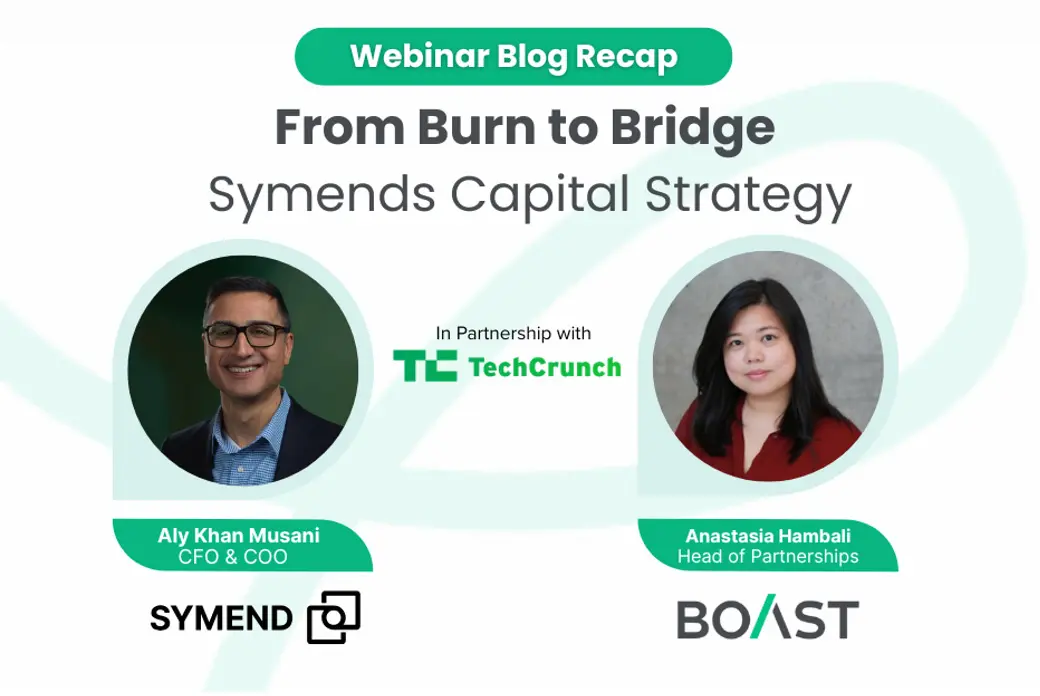From 2020 to 2022, R&D spending in the US grew from $367.2 to $387.4 billion. As companies in numerous industries continue to fund R&D projects, you want to join their ranks, build a strong R&D strategy, and develop products that will drive profits.
Before you dive headfirst into your own project, it’s important to become familiar with the different types of R&D. With this knowledge, you’ll be able to easily understand what kind of information you need to support the next stage of your product development.
1. Basic Research
Basic research, also known as fundamental research, aims to expand your understanding of a specific phenomenon or subject. It answers questions that start with “what,” “why,” and “how.”
According to the OECD (Organisation for Economic Cooperation and Development), the goal of basic research is to analyze “properties, structures and relationships with a view to formulating and testing hypotheses, theories or laws.” The research is performed without a specific application or use in mind because, at this stage, you might not be aware of any.
Examples of basic research include:
- Studying the impact of long-term smoking on skin
- Studying the impact of remote work on mental health
- Studying the impact of micromobility devices on urban congestion
Basic research is concerned with gaining knowledge rather than fulfilling business goals. As a result, it’s mostly universities that perform this type of research, although businesses also invest in basic research, often via partnerships with universities. Additionally, basic research results are usually not available for purchase but are made public in scientific journals.
R&D teams use insights gleaned from basic research for another type of R&D — applied research.
2. Applied Research
The goal of applied research is to find a solution to a specific problem. Both basic and applied research focus on finding new knowledge, but the difference is that applied research intends to apply that knowledge to develop a solution. In the business sector, companies often mark the distinction between basic and applied research by starting a new project with the goal of exploring the results of basic research per the OECD.
Any applications that come out of the results of applied research may be protected by intellectual property laws.
There are three types of applied research:
- Action research aims to solve an immediate problem. If a business has a time-consuming project management system, it could use action research to find a solution.
- Evaluation research aims to measure and appraise the success of a project or activity. For example, a company could evaluate the impact that new laboratory tools had on the efficiency of the R&D process.
- Research and development as part of applied research aims to gather knowledge for the purpose of building new products for markets.
It might sound confusing to have R&D as a subtype of applied research, which is a type of R&D. The broader category of R&D, consisting of basic and applied research and experimental development, is concerned with more than the gathering of information to develop new products. Basic research, for example, is instrumental in helping companies gain foundational knowledge on a certain subject or phenomenon. This knowledge might not lead to immediate product applications, but it can still be useful for the company’s R&D strategy.
Examples of applied research include:
- Researching a solution to prevent the spread of misinformation on social media
- Researching technology that can improve the capacity of lithium-ion batteries
- Researching ways to manufacture more energy-efficient household appliances
3. Experimental Development
During the process of experimental development, R&D teams use basic and applied research results to develop new or improved services or products.
Experimental development is not the same as product development but rather a part of product development. During this stage, the R&D team tests their knowledge of the specific applications that are needed to successfully develop a product. An example of experimental development would be a car manufacturer testing the use of a novel airbag technology during the development of a new vehicle.
In many companies, the process of experimental development is carried out by the same R&D team that performs both basic and applied research. However, there are projects where different people handle different types of R&D. In pharmaceutical research, the drug development process can start with academic scientists discovering new information about a disease. A pharma company will be able to use this information to develop a new molecular compound to more effectively treat the disease.
What Is the Difference Between Industrial and Academic R&D?
The R&D process differs from type to type and industry to industry, but there is also a big difference in R&D conducted in industrial and academic settings.
The primary goal of academic R&D is knowledge rather than practical applications. The role of industrial R&D is to gain knowledge that will support the company’s objectives, lead to new products or services, and drive profits. Because industrial R&D is linked to business objectives, it’s more fast-paced than academic R&D.
The differences between industrial and academic R&D don’t mean they never cross paths. Numerous companies partner with universities to access cutting-edge, early-stage research. For example, a semiconductor materials company signed a partnership with Arizona State University to expedite the development of semiconductor equipment.
Finance All Types of Research and Development with R&D Tax Credits
Funding R&D projects is essential to deliver new and improved products and grow profits. But funding these projects isn’t always easy, especially for startups that are just beginning to carve out their space in the market.
In the US and Canada, companies that invest in R&D are eligible for a tax credit program that gives them a portion of their R&D investment back. The programs are designed to support and reward innovators with a financial incentive they can use to fund new research projects.
The tax credit rate in the US is 6% for small businesses and 14% for big enterprises. In Canada, the maximum credit rate is 15% of eligible R&D expenditures. These are not insignificant percentages, so be sure to explore your eligibility for the R&D tax credit programs.
Learn more about how to qualify for the R&D (US) and SR&ED (Canada) tax credit programs.


